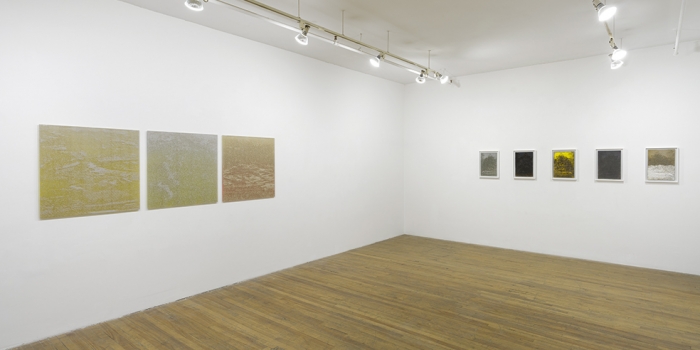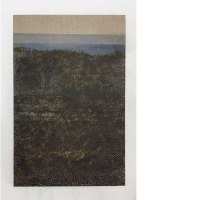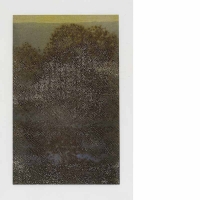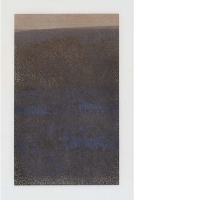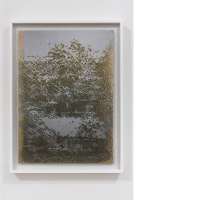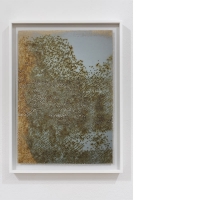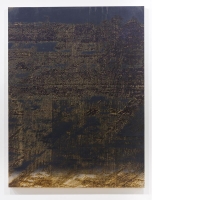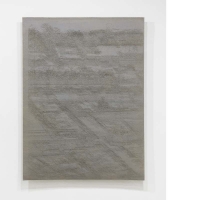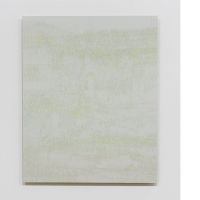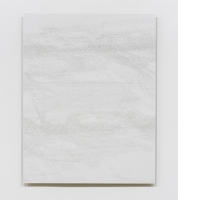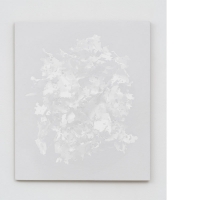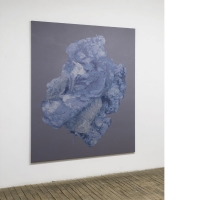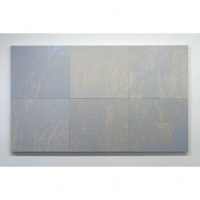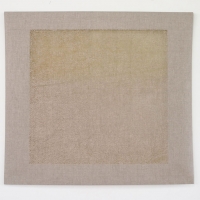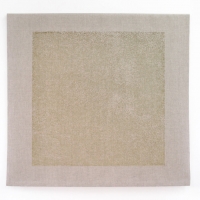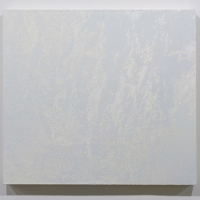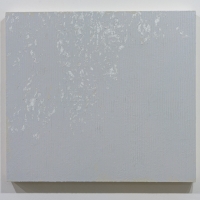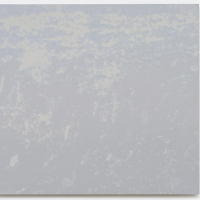Following an artist’s residence at Tokyo Arts and Space in 2017, Jérôme Bouchard presents a series of paintings about the place of subjectivity in the representation of landscape, while not adhering to the concept of an arbitrary form and excluding all spatial and sensory perception.
In order to explore this tension between objectivity and subjectivity, Bouchard uses geomatics to facilitate a spatial analysis of the industrial area along the river Meuse in Belgium, as well as a laser cutting technique that keeps the artist’s hand at a remove from the art-making process. By altering the canvas with micro-perforations and by painting the back of the canvas, Bouchard seeks, with this double incursion, not so much to be done with the visibility of the object, basically a Modernist concern, as to renew the link between the logic of optics and that of haptics.
If the memory of the grid as abstraction appears to intrigue Bouchard, still the grid is not detached from the real nor is it self-referential, but on the contrary, it is linked to the world and its transformation, in this case Liège’s industrial areas, principal crucibles of the Industrial Revolution in Continental Europe. As though to affirm the grid’s connection to the world and the body, Bouchard entices viewers to move closer to his paintings, inviting them to discover that on the back of the Belgian linen canvas, there runs another grid, this one composed of a very fine mesh traditionally used in katagami.

